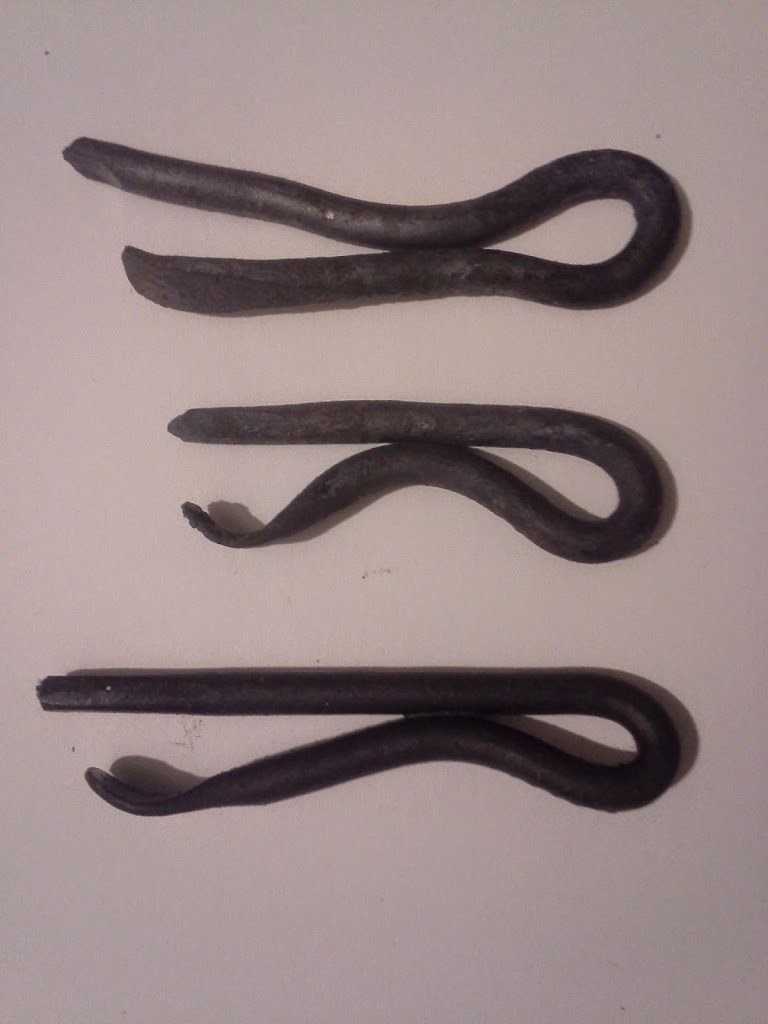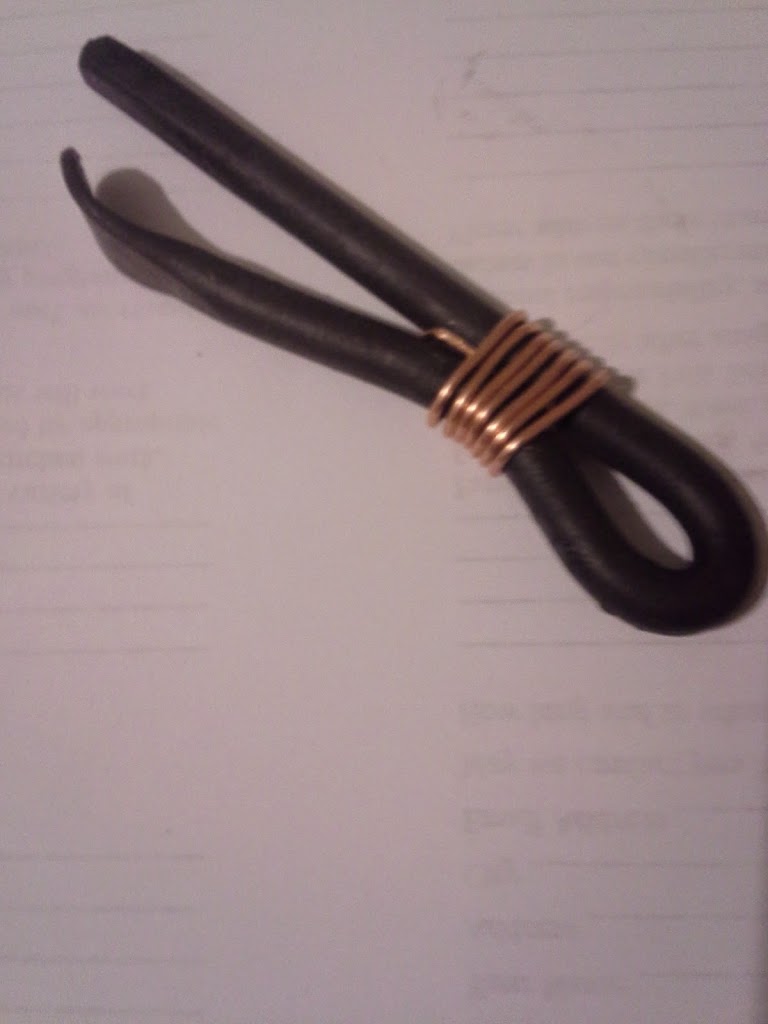Blacksmithing is sometimes known as “The King of Crafts”, and you’ll hear a phrase “by hammer and hand all crafts do stand” if you hang around blacksmiths enough. They come from an oft-told story, the origins of which I’m unsure. Here’s one version courtesy of Anvilfire.com
—————————–
THE KING OF CRAFTSMEN
THE story is told that many years ago the King of England had all the the Guild Masters of the various guilds to dinner at the palace.
DURING dinner, a violent argument broke out concerning which craft was most important, and which craftsman should be known as “King of Craftsmen”. The King ordered silence and once all were quiet, he said,
“There can be only ONE King, and I am he! But I will decide which is the most important craft, and permit the leader of the guild hall for that craft to be seated at my table with me and he shall be known as King of Craftsmen.
HE ordered all of the guild masters to stand on one side of the banquet hall. Calling them to the throne one at a time, he questioned each, then sent them to the opposite side of the hall from those who had not yet been questioned. He ordered his Sgt. at Arms to immediately strike off the head of any who spoke except in answer to a question from the King.
THE FIRST craftsman that he spoke with was a carpenter. The King asked what he made. The carpenter told the King that he made all things of wood. House, wagons, wheels, looms an so on. The King asked where he got the wood. The carpenter said that he went to the forest, and cut down trees with his ax, then brought the logs to his shop where he used other tools to cut the wood down to size and shape it. The King then asked where he got his tools, and the carpenter answered that he got them from the blacksmith.
THE SECOND craftsman was a weaver. The King asked the same questions that he had asked the carpenter, and got similar answers. When the King asked the weaver where he got his tools, the weaver said that he got them from the blacksmith.
THE THIRD craftsman was a potter. When the King questioned him, he admitted that he too got his tools from the blacksmith.
BY this time, the King had noticed the trend. So he questioned all of the craftsmen EXCEPT for the blacksmith. Each answered that yes, he got his tools from the blacksmith.
FINALLY, the King called the blacksmith to the throne. When he asked the blacksmith where he got His tools, the blacksmith answered that he made them himself, for no one else could make tools for the working of iron.
AT that point, the King called all of the Guild Masters back to the throne.
HE announced that he had made his decision. Since the blacksmith was the only craftsman who did not have to obtain his tools from some one else, but made them for himself, that henceforth and forever more, the Blacksmith would be known as the King of Craftsmen and would be the ONLY craftsman permitted to wear a fringe upon his work apron.
“FOR BY HAMMER AND HAND, DO ALL CRAFTS STAND”


